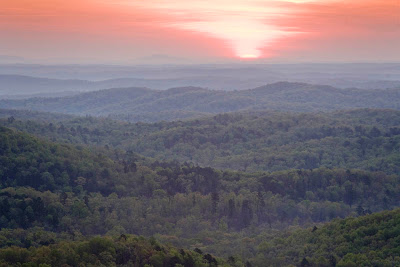
These can be tough game birds to try to photograph. They spook easily and are constantly on the lookout for predators and photographers to flee. I spotted this trio of wild birds in a gleaned farm field in northern Missouri and only managed to snap off a few frames as they took off at a sprint.
D.
Read more...

























































